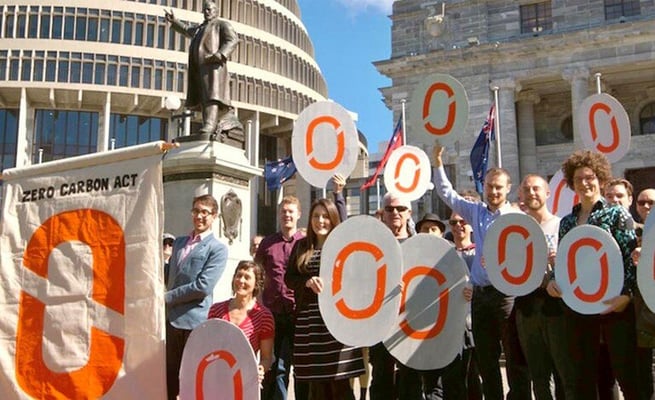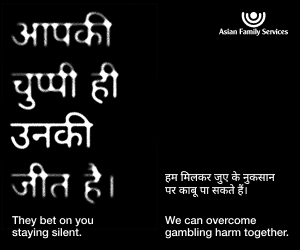Where’s the Climate Emergency?

The myth of 100% clean & green
Two years ago, the New Zealand government passed the Zero Carbon Law and on December 2, 2020, Prime Minister Jacinda Ardern declared a Climate Emergency in New Zealand in a speech in parliament, committing to a carbon neutral government by 2025.
The Zero Carbon Law hopes to reduce greenhouse gas emissions to a near-neutral level by 2050.
An emissions reduction plan under the Zero Carbon Law was meant to be set in law by the end of December this year, but the government has given itself a five-month extension.
However, this week, on the eve of the twenty-sixth Conference of Parties (COP26), which is a major meeting of world leaders on climate change taking place later this month in Glasgow, the government has released a discussion document, inviting Kiwis’ feedback on its pathway for the country to curb climate pollution by way of its Emissions Reduction Plan.
The plan released earlier this week has surprised many environmentalists and organisations working in the area of climate change.
Incredibly, in the discussion document, the government has proposed allowing for more greenhouse gas emissions over the four years to 2025, although it believes strategies put in place will later make up for this excess thereafter.
Many of the proposals in this discussion document do not live up to the hopes raised by the government’s earlier actions like the Zero Carbon Law and the declaration of the Climate Emergency, inviting severe criticism from almost the entire spectrum of organisations associated with the climate change space.
Effectively, it has kicked the proverbial can down the road for a future government to deal with this contentious issue.
Contentious because it has postponed decisively engaging with the elephant in the room – just as is the wont of many governments in power. That big elephant in the room is New Zealand’s gigantic agriculture and primary industries sector, by far the country’s biggest polluter – spewing 91 percent of biogenic methane emissions.
A World Wildlife Fund report says that Fonterra, included in the world’s five biggest meat and milk producers, emit the same amount of greenhouse gases as oil behemoth ExxonMobil.
Commenting in a media release that the discussion document “pandered” to the dairy industry, Christine Rose, Greenpeace’s Lead Agriculture Campaigner said “Instead of doing what we know works to cut climate pollution from agriculture – like lowering cow stocking rates and phasing out key drivers of intensive dairying, such as synthetic
The myth of 100% clean & green
Two years ago, the New Zealand government passed the Zero Carbon Law and on December 2, 2020, Prime Minister Jacinda Ardern declared a Climate Emergency in New Zealand in a speech in parliament, committing to a carbon neutral government by 2025.
The Zero Carbon Law...
The myth of 100% clean & green
Two years ago, the New Zealand government passed the Zero Carbon Law and on December 2, 2020, Prime Minister Jacinda Ardern declared a Climate Emergency in New Zealand in a speech in parliament, committing to a carbon neutral government by 2025.
The Zero Carbon Law hopes to reduce greenhouse gas emissions to a near-neutral level by 2050.
An emissions reduction plan under the Zero Carbon Law was meant to be set in law by the end of December this year, but the government has given itself a five-month extension.
However, this week, on the eve of the twenty-sixth Conference of Parties (COP26), which is a major meeting of world leaders on climate change taking place later this month in Glasgow, the government has released a discussion document, inviting Kiwis’ feedback on its pathway for the country to curb climate pollution by way of its Emissions Reduction Plan.
The plan released earlier this week has surprised many environmentalists and organisations working in the area of climate change.
Incredibly, in the discussion document, the government has proposed allowing for more greenhouse gas emissions over the four years to 2025, although it believes strategies put in place will later make up for this excess thereafter.
Many of the proposals in this discussion document do not live up to the hopes raised by the government’s earlier actions like the Zero Carbon Law and the declaration of the Climate Emergency, inviting severe criticism from almost the entire spectrum of organisations associated with the climate change space.
Effectively, it has kicked the proverbial can down the road for a future government to deal with this contentious issue.
Contentious because it has postponed decisively engaging with the elephant in the room – just as is the wont of many governments in power. That big elephant in the room is New Zealand’s gigantic agriculture and primary industries sector, by far the country’s biggest polluter – spewing 91 percent of biogenic methane emissions.
A World Wildlife Fund report says that Fonterra, included in the world’s five biggest meat and milk producers, emit the same amount of greenhouse gases as oil behemoth ExxonMobil.
Commenting in a media release that the discussion document “pandered” to the dairy industry, Christine Rose, Greenpeace’s Lead Agriculture Campaigner said “Instead of doing what we know works to cut climate pollution from agriculture – like lowering cow stocking rates and phasing out key drivers of intensive dairying, such as synthetic









Leave a Comment